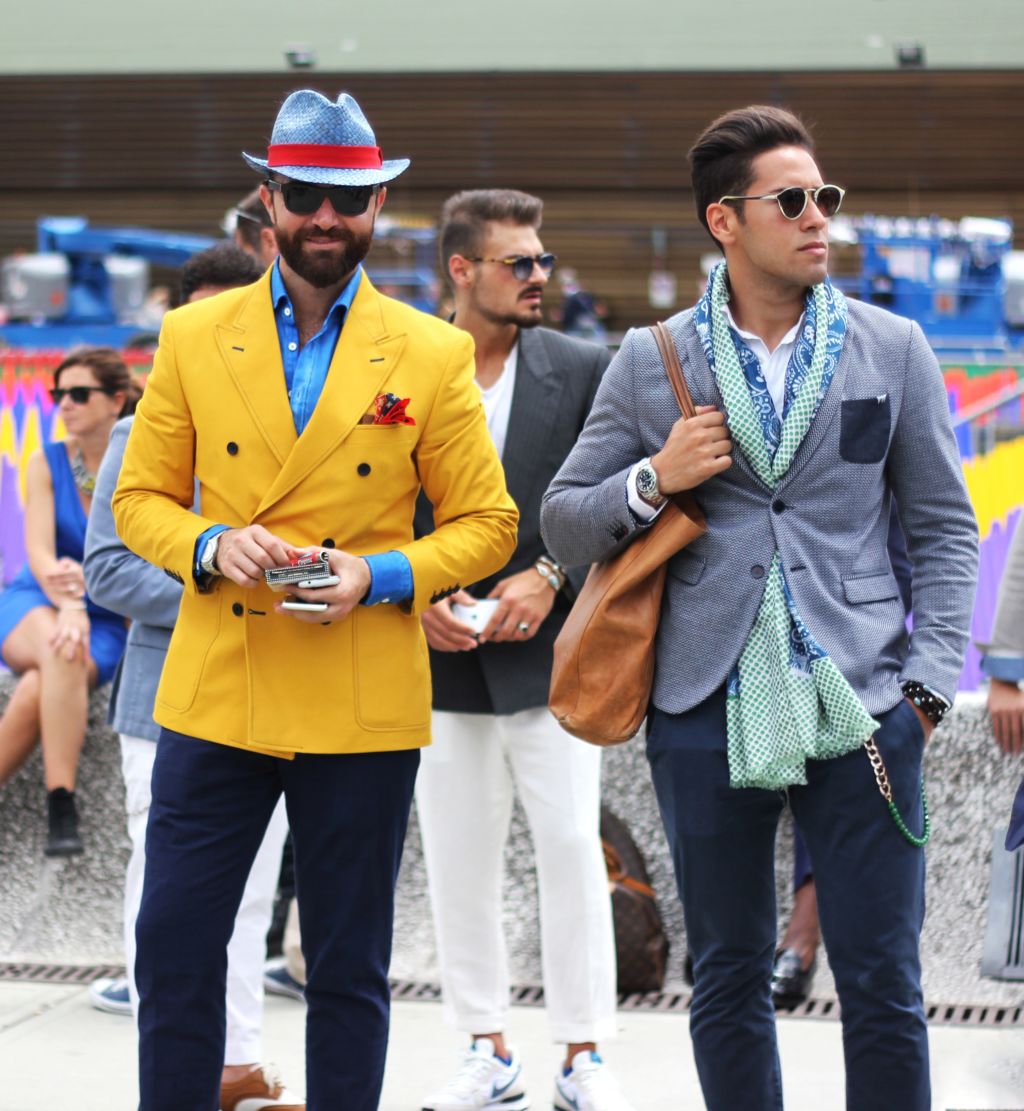
This new report generated by Boston Consulting Group (BCG) and Altagamma – 2019 True-Luxury Global Consumer Insight – brings us their sixth annual survey covering more than twelve thousand respondents in ten leading countries in the luxury sector, with a special sampling of consumers in the United States and China, the two countries in the world with the largest and most relevant markets for luxury brands.
The survey highlights the perspectives of luxury consumers in approximately 85% of the total global market for the sector. The fundamental principle of the study is to include in the sample only what we could call “true luxury buyers”. To qualify for the survey, consumers had to reach a spending threshold to be considered as real consumers of luxury goods and services; not only did they have to reach high levels of household income. For example, the consumers considered had to have spent a minimum of €5,000 (approximately $5,600) in total on personal luxury goods in the last 12 months with spending levels set for specific categories, such as €1,000 for handbags, €350 for shoes, and €250 for jeans.
The global consumer’s vision of true luxury 2019.
Today, Millennials, born between 1978 and 1992, represent only about 32% of the spending in the personal luxury market, but by 2025 they are expected to represent 50% of the total market. The global luxury market will reach 1.3 trillion euros (~1.5 trillion dollars) by 2025, driven by the growth in spending by these consumers. By 2025, China will account for 40% of the market, according to BCG and Altagamma.
In 2018, the luxury market is reported to have reached 920 billion euros (~$1 trillion), of which €330 billion (~$370 billion) was in luxury personal goods and €590 billion (~$660 billion) was for experimental luxury, such as restaurants, hotels, cruises, resorts, wines and spirits, designer furniture, lighting, automobiles, boats, smart phones and tablets. The global luxury market is predicted to exceed 1.3 trillion euros (~ $1.5 trillion) by 2025, with experimental luxury growing by approximately 5%, much faster than personal luxury at 3% and accessories and cosmetics expected to gain the most benefit from 2018 to 2025. About 130% of the market growth over the next seven years will be attributed to the Millennial generation.
As we can see, the scenario for the luxury market will be radically transformed by 2025. The Millennials are the protagonists of this play and what they expect from luxury brands is radically different from previous generations.
Trends, opportunities and challenges of the luxury industry.
Given the experience of both organizations, BCG & Altagamma, this is the sixth annual version of this report on the true luxury market. They have managed to be very thorough in identifying six trends that began as disruptive and are now perfectly rooted in the sector, in the market and will continue to be part of the luxury business model: Omnicanal distribution | Single-brand stores | The authenticity of “made in” and the country of origin | Flexibility to combine luxury with fast fashion | Personalization | Shopping tourism
In addition, four other trends are on the rise and will continue to drive demand: Luxury in casual wear | The power of influencers on the consumer | Increased participation of social networks | Online sales
However, BCG focuses its vision on three other new trends which it considers to be more transformative of reality in terms of their relevant current acceleration and future impact. Because they are a radical departure from the traditional ways in which luxury brands operate, these trends should be on everyone’s radar and we should not ignore them. These disruptions are: The collaborations of outsider designers | Second-hand luxury | The sustainability of luxury.
1. Occasional collaborations of external designers.
Millennials demand that luxury brands look beyond their domain and the traditional designers who work for the sector to bring in new ideas and new interpretations of luxury. The occasional collaborations of these designers from outside the luxury sector, with new, fresh and renewed proposals and initiatives, are key to the new luxury. Millennials seek innovation in design, along with unique collections that reflect their individuality and values.
Such collaborations, often focused on limited editions and scheduled presentations, are most in demand for handbags (bought by 47% of consumers) and sneakers (33%). The most popular pairings have successfully combined luxury and streetwear; for example, Louis Vuitton & Supreme, Yeezy by Adidas & Kanye West, and Chanel & Pharrell. Through these experiences, we have seen how luxury brands are creating more lasting relationships with youth-inspired, cutting-edge designers. The collaborations are focused on young people, as 60% of Millennials talk and communicate these purchases, compared to 40% of Gen-X (1963-1977) and only 20% of Baby Boomers (1946-1962).
2. The ultimate disruption: second-hand luxury.
Although the market for second-hand personal luxury items is small – 22 billion euros (~25 billion dollars) – its influence on the primary market exceeds its value in dollars.
Overall, 44% of consumers surveyed say they consider the resale value of the new items they buy. 50% of Millennials think in the long term and in that possible destination for the used product, more than Gen-Xers (35%) or Boomers (24%). The report also notes that only 34% of respondents consign goods to second-hand sellers, suggesting a new opportunity for growth in the segment.
It should be noted that the U.S. is the leading country in second-hand luxury goods operations with a 50% share of this market, where buyers account for 18%, sellers 11% and both roles 21%. China, on the other hand, is mainly a selling market 26%, with only 5% buying second-hand and 12% selling and buying. About 57% of Chinese consumers do not participate in the second hand luxury market. Overall, 45% of true luxury consumers participated in the second-hand luxury market and more than a quarter (26%) have bought used goods.
Second-hand luxury is fast becoming mainstream. And what is interesting is that it is not just the lower price that attracts these true luxury consumers. It’s often the only way they can buy special, limited edition, out-of-stock items that were missed in their original releases or even by the allure of antique items.
The most popular second-hand brands are Chanel, Louis Vuitton, Gucci, Burberry and Dior. In addition, 40% of all second-hand purchases are handbags, followed by clothes (16%) and small leather goods (13%). Keeping second-hand luxury goods sellers supplied with product, mainly in the online channel, such as Vestiaire Collective and Vinted, has so far depended on consumers’ impulse to empty their cupboards and the desire to finance part of their new purchases. But concerns about sustainability, environmental care and the desire of the luxury consumer “to be a conscious and responsible consumer” are becoming increasingly relevant and adding to this momentum.
3. The power of sustainability in luxury.
Since 2013, the purchasing decisions of luxury consumers have changed dramatically due to their concerns about sustainability and social responsibility.
Today, 56% of true luxury consumers are in tune with luxury brands’ stance on social responsibility, compared to 45% in 2013. 62% say they will choose to do business with a brand that supports sustainability over a brand that does not, compared to 50% in 2013. Interestingly, sustainability concerns are much higher for South Koreans (81%), the Japanese (70%), the Chinese (66%) and the French (66%) than the Americans (45%) or the British (43%).
Sustainable luxury consumers are primarily concerned with the environment (37%), animal care (27%) and ethical manufacturing (21%). Millennials give higher priority to the environment (42%) and animal care (26%) than Boomers whose main concern is ethical manufacturing (32%).
There is no doubt that sustainability in the luxury sector will continue to advance in importance. It will feed both the second-hand market of luxury goods and give a boost to one-off, limited production partnerships that show respect and consideration of the brand so as not to flood the market with too many items.
Download the report “True Luxury Global Consumer Insight” here:
If you are already registered or want to join click here: Register / Join



































 (3 votes, average: 4.67 out of 5)
(3 votes, average: 4.67 out of 5)







